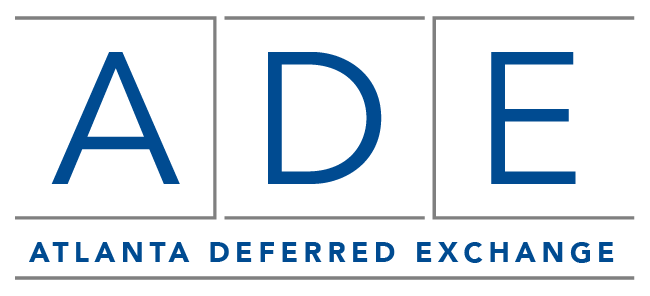While many investors turn to a 1031 exchange because they don’t want to pay the tax on the sale of investment property, few stop to consider the wealth building potential this tool offers. By deferring the tax and keeping your equity working, you gain the benefit of compounding your money. Einstein was purported to have said, “The most powerful force in the universe is compound interest.” An exchange is one of the best tools to tap into this powerful force.
Most investment real estate is purchased with after-tax dollars. The average taxpayer saves, begins with a small investment, and gradually over time, increases the value or number of their real estate holdings.

Additional contributions (also from after-tax dollars) are often required along the way to keep the property updated and maintained, as a way to preserve or increase value. Investments that are initially made to diversify and provide some supplemental income, if thoughtfully planned and faithfully maintained, often become a key part of an investor’s retirement income. Over time, many investors use the rent that they receive from income-producing property to pay off the mortgage. Utilizing a 1031 exchange allows investors to keep their after-tax equity working for them—while preserving and updating real estate holdings in local communities. This win-win provision of the tax code also helps establish an additional pairing to 401Ks and IRAs, lessening the burden on the unsustainable Social Security system.
Let’s consider the example of three sisters who decided to invest in real estate twenty years ago. With an initial investment of $25,000 each, they purchased contiguous lots of land along a rural highway. During the time they held the lots, they faithfully paid the property taxes, while not receiving any income from the land. Recently, however, the zoning has changed to commercial as development has begun with the widening of the highway. They have each been offered $500,000 for their lots. Nikki has been convinced by her investor friends to use a 1031 exchange with her sale to build wealth over time; after looking at potential replacement properties of the same value, she feels confident that she can make a 6% rate of return. Jennifer thinks a 1031 is too much of a hassle, decides to cash out and put her money in the stock market where she thinks she can also get a 6% rate of return. Sarah also wants to cash out but will invest her proceeds in a more conservative bond fund yielding just 4%.
After paying approximately $150,000 of tax (20% federal, 3.8% Medicare and 6% state), Jennifer and Sarah each have $350,000 left to reinvest. But because Nikki is using a 1031 to defer any tax due, she will have the $500,000 to buy an income property. So what happens?
Below is a graph showing the value of each sister’s investment over 20 years. The compounding effect of keeping all of her equity working has made Nikki the clear winner with over $1.6M of total return vs. Jennifer with $1.1M and Sarah with less than $800k. Please note that Nikki and Jennifer both earn the same return on their money each year.

Though not paying tax that would otherwise be due may be most investors’ initial motivation, there are a number of immediate objectives that can also be accomplished using a 1031 exchange. These may make sense to pursue, as long as any taxes due can continue to be deferred under the IRC Code.
Specifically:
-
You can create cash flow by exchanging land for income-producing property;
- You can move your investment property from its current location to one you consider more desirable;
You can consolidate multiple properties into one;
You can diversify risk by selling one and buying multiple properties;
You can get rid of management hassles by exchanging into NNN lease (“mailbox management”) property;
You can exchange your free and clear property to maximize your return with positive leverage;
You can switch investment property types among office, retail, warehouse, multi-family, etc.; and
You can preserve the value of your estate and maximize your real estate holdings as part of your retirement planning.
The key to compounding is to start with as large an initial amount on which to earn a return as possible. Many investors have a 20% capital gain tax rate and are also subject to the 3.8% Medicare tax. Most states also have income tax requirements. Thus, the combined federal and state taxes can range from as low as 20% to as high as 40%, particularly when there is a large amount of depreciation recapture. Needlessly taking this equity out of play by paying the taxes and not deferring them dramatically reduces the amount of cash you will have to reinvest- –lowering the base upon which a compounding return can begin to work its magic.
So, while immediate tax advantages alone may not be quite enough to justify going through the exchange process, through prudent planning, many investors find they are additionally able to accomplish one or more of the benefits listed above. They are also well on their way to enjoying the wealth that compounding can bring.
